Phuentsholing is the gateway to Bhutan by road and it is a thriving centre on the northern edge ( West Bengal) of the Indian Plans. Situated directly at the Himalayan foothills, Phuentsholing is a fascinating mixture of Indian and Bhutanese, a perfect example of mingling of people and their culture. Being the frontier town Phuentsholing serves as the convenient entry / exit point for Bhutanese and foreigners.
There is a stark contrast in the culture across the border, which is separated by a long wall with a single Bhutanese gate. Locals can sometimes even cross without being asked for papers, but visitors without an Indian passport will need a visa presented by a hired registered tour guide; even one's Indian Voter ID card will suffice within the town of Phuntsholing, but beyond that one needs the above mentioned documents. The gate is manned by Bhutanese Army guards. The terrain inclines soon after the gate.
The border clearly separates two very different peoples and cultures. Jaigaon is bustling and loud, similar to many other West Bengal centers of commerce, albeit with many conspicuous Bhutanese shoppers.
Phuntsholing is uniquely more urban than other Bhutanese towns, having absorbed the neighboring culture, but distinctly far more quiet and orderly than its neighbor. Simply looking at a satellite photo, Jaigaon is packed with small buildings whereas Phuntsholing is dominated by larger edifices placed in rows.
Phuntsholing also hosts Bhutan's housing projects for Bhutanese refugees.
As the majority of goods traded go into Bhutan, and as it hosts the most accessible Indian marketplace to Bhutan, Jaigaon is much larger and receives far more visitors.
| Kharbandi Goenpa |
|
This beautiful monastery was founded in 1967 by the Royal Grandmother, Ashi Phuntsho Choedron and Guru Rimpoche. From the monastery garden there is a fascinating view of Phuentsholing town and surrounding plains.
|
| Zangtho Pelri |
|
A small temple built in the centre of Phuentsholing town, represents the heaven of Guru Rimpoche. On the ground level there are statues of the eight manifestations of Guru Rimpoche and paintings of Buddha’s life. The next floor contains the eight Bodhisttavas and statues of Avalokiteshwara and ShabdrungNgawang while on top floor, the main statue is of Amitabha.
|
| The Crocodile Zoo |
|
Established during 1976 with two different species Mugger crocodile & Gharial crocodile this zoo is situated at the back of Norgay cinema Hall. In total there are 21 crocodiles. The biggest Gharial crocodile is 276 kgs and 12 ft. length. Entry inside this zoo is restricted .However , everybody is welcome to peep in from the fence for free.
|
| Chukha Hydel Project |
The Chukha Hydropower Project, or Chukha Hydel, was Bhutan's first mega power project. Its construction started in the 1970s, it was commissioned in 1986, and Bhutan assumed full control in 1991. During the summer, the plant generates 336 MW from four turbines off the flow of the Wangchhu river in central Chukha District, between Thimphu and Phuentsholing. The project cost Nu2.46 billion, wholly funded by the Government of India, 60 percent under grants and 40 percent under a fifteen-year loan at 5 percent interest.In 2009, two diversion pipes from neighboring rivers were built to make up for the Wangchhu's decreased river flow during dry winter months.
Most of Chukha's energy is exported to West Bengal, Bihar, Jharkhand, Orissa, and Sikkim. Chukha was the kingdom's greatest source of income until the Tala Hydropower Project was commissioned in 2007.
Between 2005 and 2006, Chukha alone contributed over 30 percent to Bhutan's total revenue. The plant is operated by Druk Green.
|
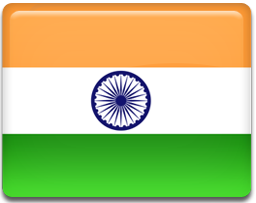

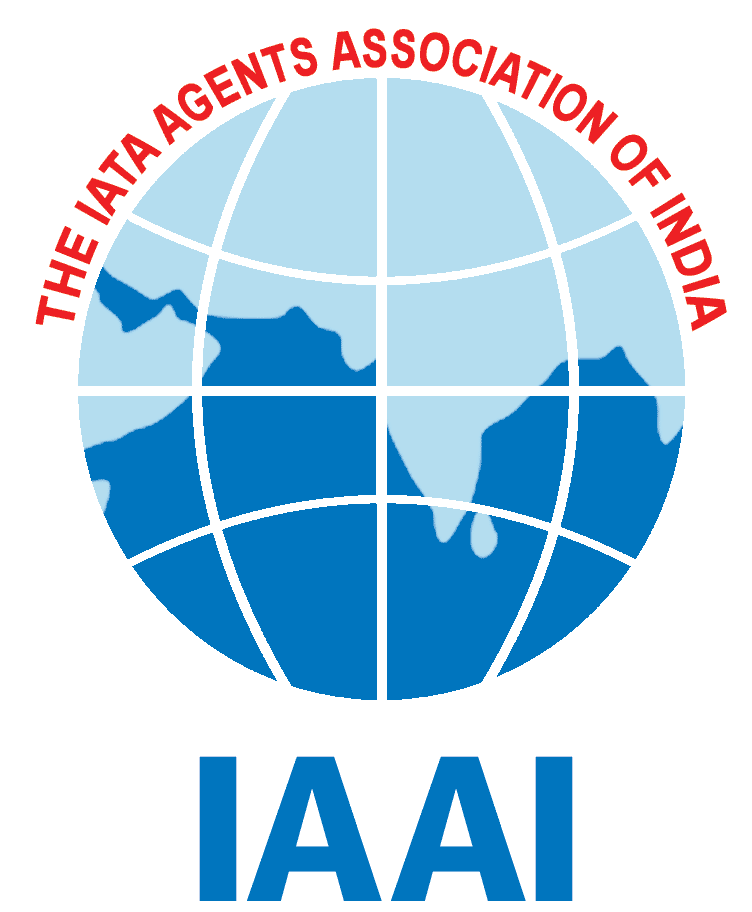
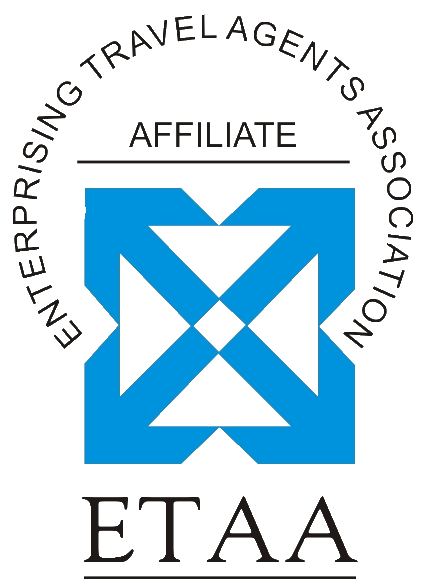

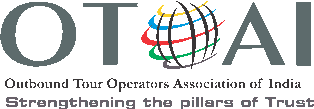
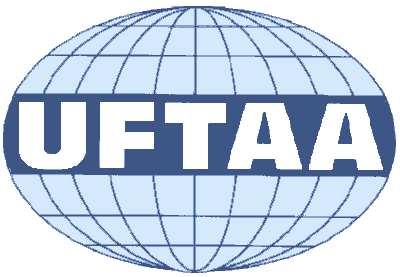
.png)